
The camera never lies,” the saying goes, and in the digital era, truth in war often first comes from a smartphone camera. In June 2025, Ukraine’s air war against Russia reached new heights, both for its audacity and the unvarnished way that it was documented and analyzed on social media. The recent Ukrainian air attack on a Russian base in Belgorod Oblast, streamed in real-time detail on social media, has become shorthand for comprehending the overlap of precision weapons, open-source intelligence, and the new face of modern conflict. For defense strategists and military tech geeks, the event is a glimpse into both the operational art and the technological arms race that is defining the Ukraine-Russia war.

1. Social Media as the New Battlefield Witness
Initial news about the Ukrainian air strike in Belgorod did not reach us via official statements but from Telegram media such as ‘Sonyashnyk’ and ‘War Archive project.’ The two channels released video clips that enabled independent geolocation and analysis of the strike, marking the target at a building in Kozinka. This is a case of how open-source intelligence (OSINT) and user-generated content have become invaluable tools for journalists and analysts monitoring the war. As Meg Kelly of The Washington Post’s Visual Forensics staff commented during the ISOJ symposium, “There were a bunch of videos that were being spread online, that could have been pretty easily debunked, that made me start thinking about how we could use the tools at our hands, at our disposal, to tell really compelling stories and hold powerful folks accountable for what they were saying” (OSINT and SOCMINT techniques empower investigative reporting).
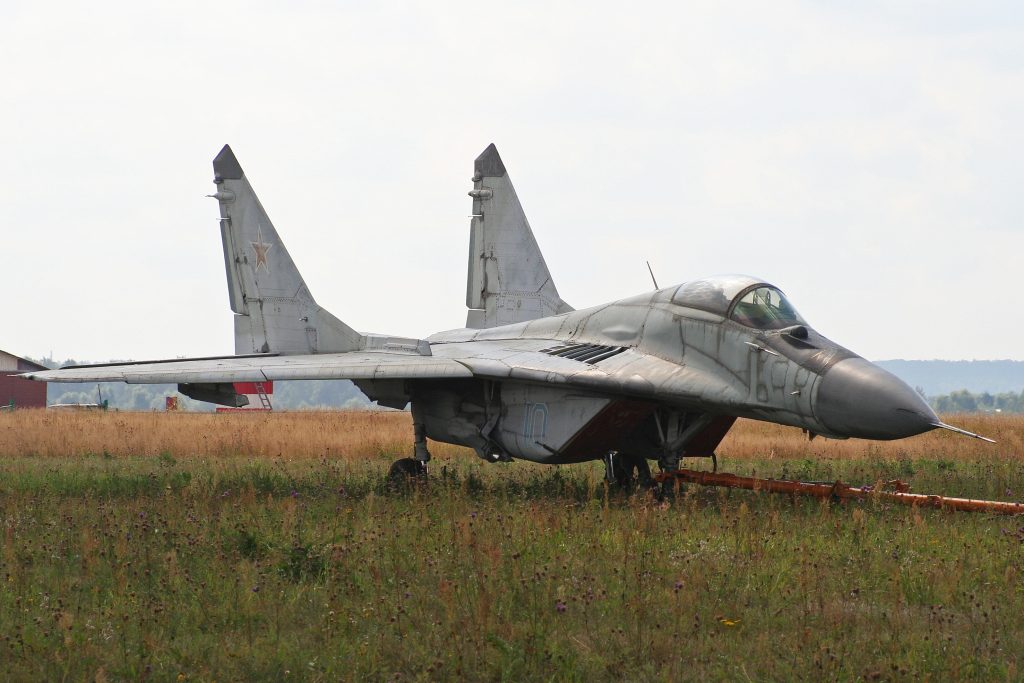
2. Ukrainian MiG-29s: Aging Airframes, New Capabilities
Though a legacy aircraft, the MiG-29 has demonstrated quite a high degree of flexibility. Ukrainian aircrews have used these Soviet-era aircraft for both air-to-air and air-to-ground missions with Western weapons such as the French AASM Hammer bomb. The Belgorod strike in June, and earlier attacks in Zaporizhzhia, show how upgraded MiG-29s now carry precision-guided weapons far behind enemy lines (Ukrainian MiG-29 Precision Strike Hits Russian Facilities). The Air Force has publicly credited international allies with supplying “highly effective and precise equipment,” highlighting the revolution of Ukraine’s air power via Western technology.

3. The AASM Hammer: France’s Game-Changing Smart Bomb
In the center of Ukraine’s recent victory is the AASM Hammer, a modular propulsion and guidance kit that converts standard bombs into precision-guided standoff weaponry. France increased production in 2024 by almost 40%, with production of 1,200 units scheduled for 2025, a reflection of the weapon’s battlefield effect (France boosts Hammer bomb production for Ukraine by almost 40%). Safran, the maker, observes that Hammer’s GPS-independent guidance is “absolutely critical in Ukraine” because of Russian jamming. The bomb’s novel rocket motor gives it 15 km range at low altitude and up to 70 km at high altitude, and new versions envisage even greater range.
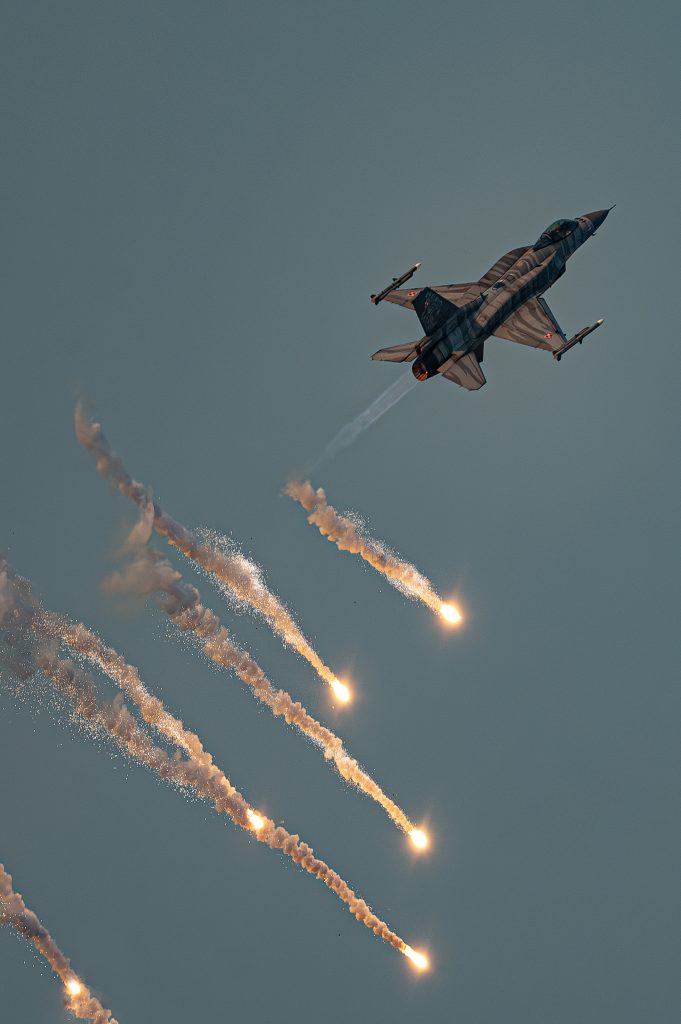
4. Deep Strikes Without Secondary Explosions: A Tactical Shift
Belgorod was also interesting in that it lacked a huge secondary explosion, indicating the target had been a force concentration and not an ammo dump. This indicates a tactical shift within Ukrainian targeting, where precision munitions are now being employed not only to eliminate matériel but to break up enemy force concentrations and command nodes. Earlier strikes, like the June 13 attack against a Russian drone operator base, did produce enormous secondary detonations, but they demonstrate the precision and selectivity achievable with modern guided weapons.
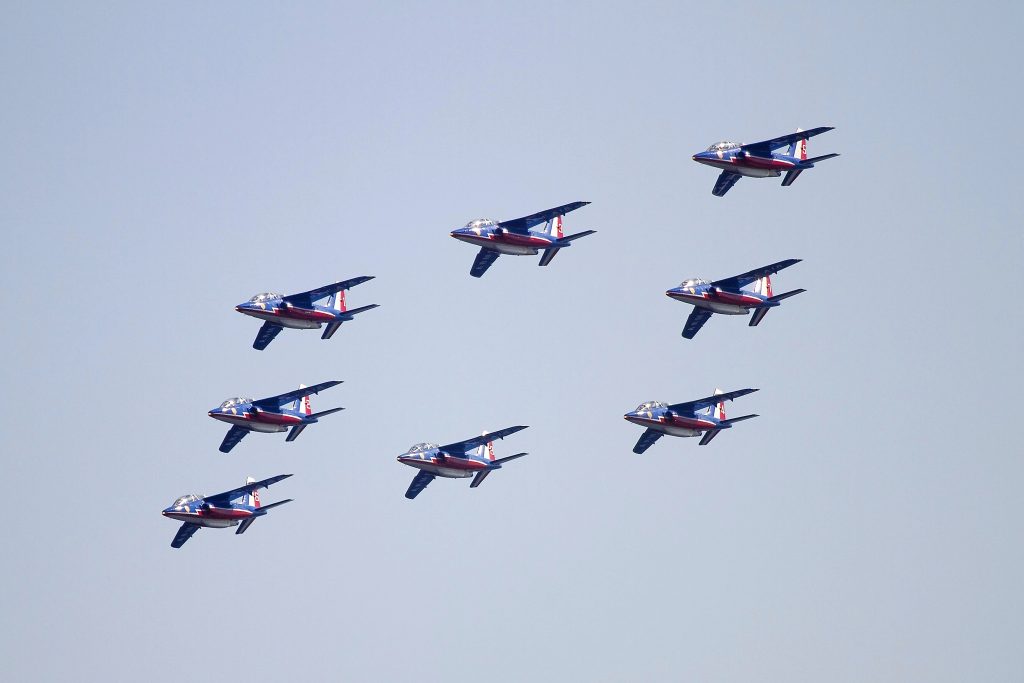
5. Sighting Western Arms on Soviet Platforms
Perhaps the most impressive piece of engineering of the war effort has been the quick mounting of Western ordnance on Ukraine’s Soviet aircraft. Safran reconfigured the AASM Hammer to fit MiG-29 and Su-25s within four months in the fall of 2023, following US-produced JDAMs’ inability to counter Russian GPS jamming (France increases Hammer bomb production for Ukraine by almost 40%). Such speed in fielding has allowed Ukraine to “attack targets with wonderful precision,” as Safran reported, illustrating the utility of modular, modular weapon systems in contemporary war.
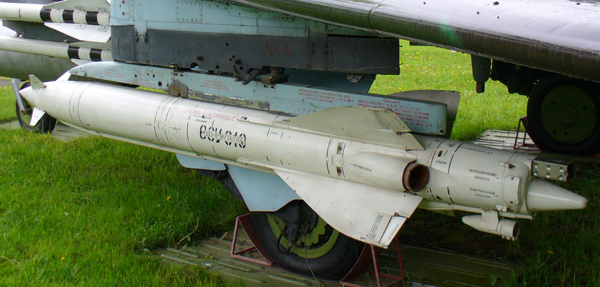
6. The Leap to Come: XLR Hammers and Extended Range
Safran revealed the XLR (eXtra Long Range) version of AASM Hammer in June 2025 during the Paris Air Show. The new one, potentially employing ramjet propulsion, may extend the range of the bomb from 70 km to up to 150–200 km (Ukraine’s Favorite Smart Bomb Could Soon Hit Twice as Far With French Upgrade). For Ukraine, this translates into pilots being able to make precision attacks from far beyond the front lines, minimizing exposure to Russian air defenses and maximizing operational flexibility.
7. OSINT: The Analyst’s New Toolkit
The spread of battlefield video and open-source information has transformed conflict analysis. Geolocation, chronolocation, and video verification tools—often facilitated through artificial intelligence are now used by analysts to recreate events in near real-time. As BBC’s Marc Perkins noted, “I am pretty sure we are now at a stage where some of those core journalistic principles, who (facial recognition), what (object detection), where (geolocation) and when (chronolocation), are pretty close to being automated” (OSINT and SOCMINT methods empower investigative reporting).

8. The Industrial Response: Europe’s Defense Production Surge
France’s surge in Hammer bomb production is representative of a wider European defense industrial mobilization. Since the Russian all-out invasion, defense spending in Europe has taken off, with firms such as Safran quadrupling production of precision munitions (France is also producing more of the deadly Hammer bombs). French Defense Minister Sébastien Lecornu has committed 50 AASM kits per month to Ukraine, and Safran is set to double production once more if orders persist. This industrial boom is not only propping up Ukraine’s war effort but also remaking the European defense landscape for years to come.
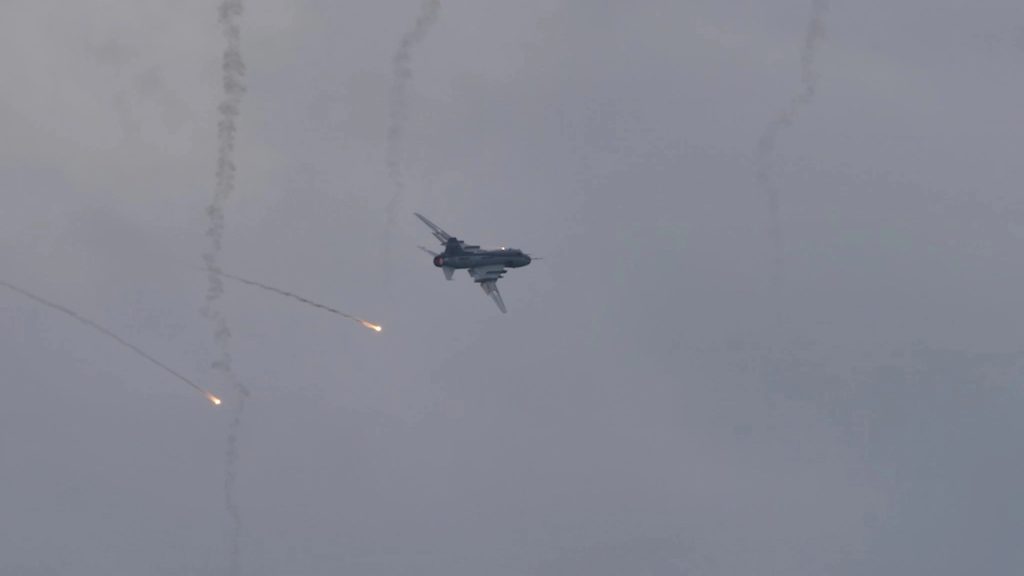
The Belgorod airstrike and its consequences summarize a new world of warfare one in which precision, agility, and openness are as determinant as fire power. As Ukraine increasingly incorporates advanced Western ammunition and leverages open-source intelligence, the conflict is turning into a testing ground for the future of air war. To analysts and fans alike, these advancements represent both a sobering picture of contemporary conflict and a window into the technological innovations defining tomorrow’s battlefield.


